h i g h l i g h t s
softmax
SoftMax is a new company researching fresh approaches to fundamental problems in Reinforcement Learning (RL). During my visiting role there, I focused on learning problems. First, how do the people at Softmax learn about RL research, and learn from each other? We built new tools to support this process better. Second, how do people learn the SoftMax platform itself? I started work on Python notebooks to shorten the path from a standing start to running a real RL experiment.
meta :: supernatural
I was Product Manager for Supernatural’s platform and tools, which was partly about operational excellence in the near term (supporting a live online service and a daily workout production schedule), and partly about establishing a longer term strategic approach to new technology opportunities appearing up and down the stack.
On the frontier side, I led a 0 -> 1 exploration of an AI-powered Supernatural experience for Meta smart glasses, a category now starting to be called “AI glasses”. Instead of the Supernatural app’s traditional pre-recorded workouts, we prototyped a dynamically-generated form of audio coaching that adapts to the user in real time. I co-developed three distinct product visions, created cross-org partnerships, and drove to a first functional prototype in less than a quarter.
On the platform side, I led many projects, including foundational support for a signature feature, multi-player workouts (“Supernatural Together”). I also led compliance efforts for the Washington State “My Health My Data” law, partnering closely with Meta legal to de-risk the product and keep momentum.
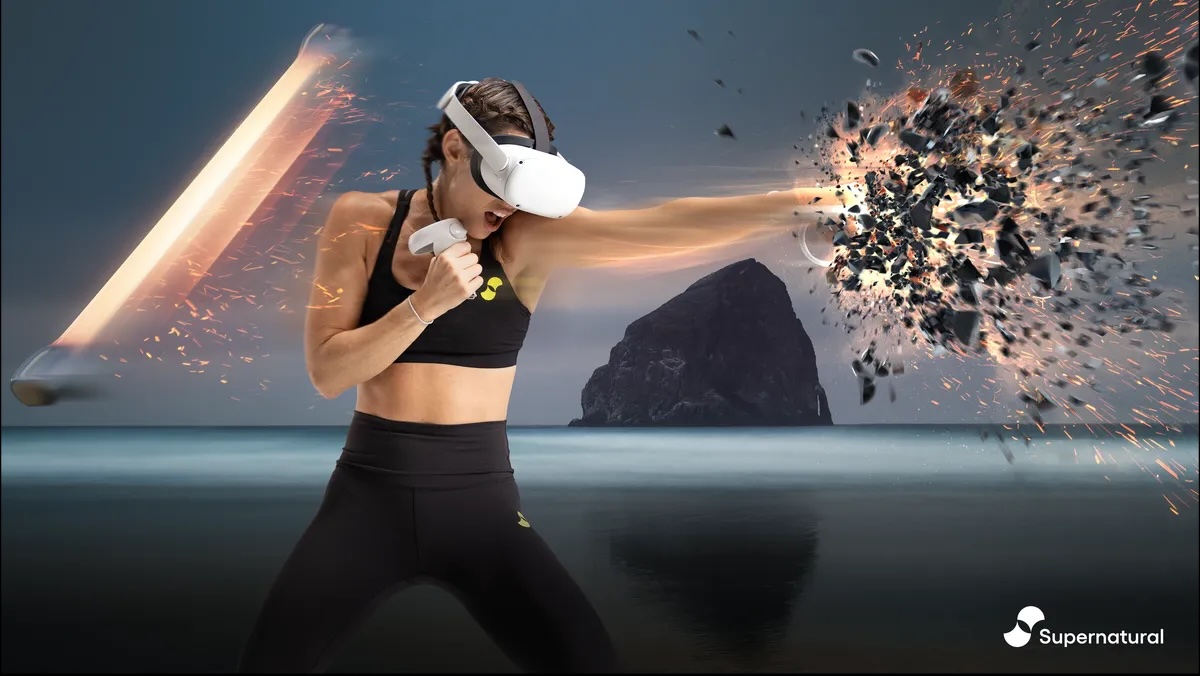
magnopus :: product engineering
As a Director of Engineering for Product at Magnopus (2020-2022), I shaped the US side of the company’s first product team.
Starting in the middle of the pandemic, I hired and internally recruited to assemble an effective new software delivery organization. The goal was not just to ship software (which we did) but to ship a durable, sustainable way of working that was suited to product work, as distinct from project work. The workflows and systems I established helped our various disciplines – product, design, interaction prototyping, QA – move quickly, learn from each other, and deliver with rigor. A product of this team was eventually named a Time Best Invention of 2022.
At Magnopus I was also active in shaping and leading new 0 -> 1 product development processes. Working within the bounds of our technology focus areas, I led collaborative efforts to ideate (grounded in user needs), build (cheaply and cheerfully), learn (and demo) – and then repeat. It’s an iterated game. In this way, we were able to quickly explore a broad opportunity space and validate key ideas.
oblong industries :: mezzanine
As a Product Manager for Mezzanine (2018-2020), I owned the user experience of a groundbreaking immersive meeting product, which allowed distributed teams to connect their spaces and collaborate seamlessly as if in the same room.
Mezzanine was a highly flexible digital canvas which let users share many forms and streams of data in any layout, and it integrated with digital whiteboards, analog whiteboards, and a variety of videoconferencing systems. Mezzanine rooms found a market with an extensive list of Fortune 500 customers and featured innovative forms of interaction unique in this product category.
I have a passion for usability. In addition to making measurable impacts on core product usability and approachability, I drove the vision and rapid delivery (6 months from concept to shipping) of a radically simpler Mezzanine edition. This benefited end users but also enabled a tighter strategic integration with the products of a critical partner.
This video shows an early version of Mezzanine circa 2015.
oblong industries :: client solutions
As Director of Engineering for Oblong’s Client Solutions division (2010-2018), I grew and led an interdisciplinary team of engineers and designers in creating a series of highly complex immersive environments for clients such as IBM, McKinsey, and ESPN. Our skill in crafting interactive spatial experiences at massive scale – 100 million pixels rendered in realtime – earned industry recognition, awards, and enduring client relationships. With less than a tenth of company headcount, the group often earned a much higher fraction of company revenue.
On this team, I contributed individually, managed client relationships, defined technical architecture, and ultimately led the entire group.
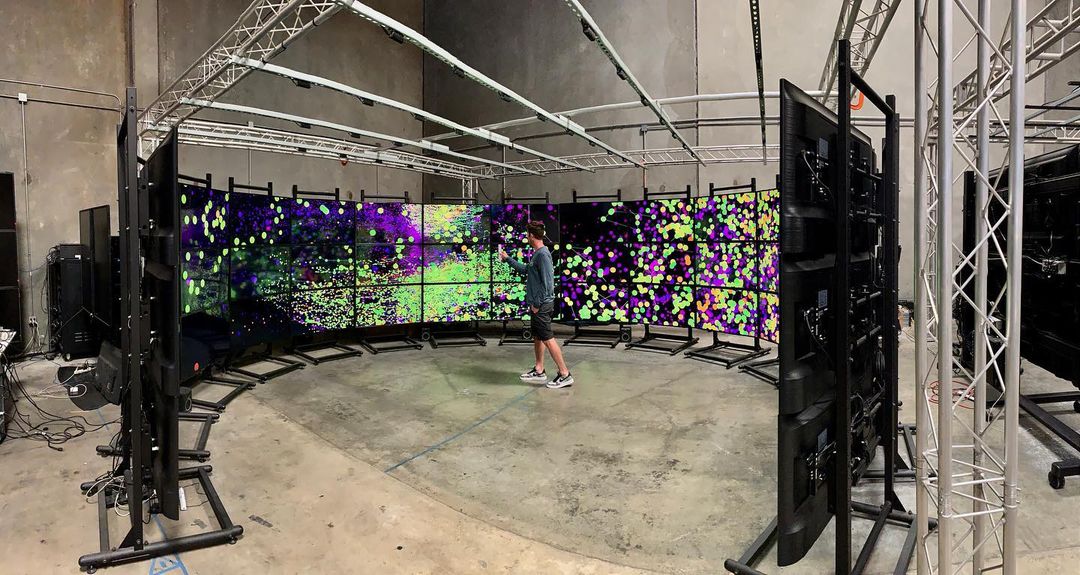
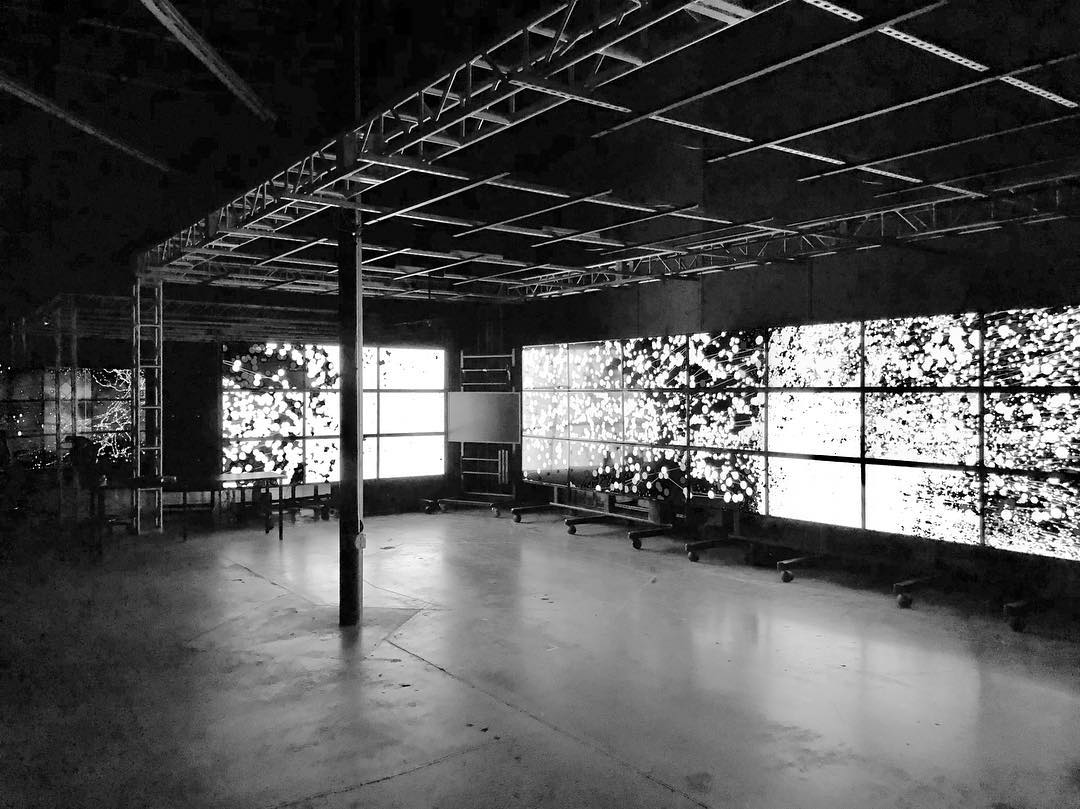
oblong industries :: ibm watson experience centers
The Client Solutions team’s work was the centerpiece of a series of IBM Watson Experience Centers – located in New York, San Francisco, Cambridge, and Munich – whose purpose was educate IBM’s customers and constituents about machine learning. These centers illuminated both the reality and potential of machine learning through dynamic, interactive visualizations and experiential setpieces, developed from 2013 to 2020.
The Centers were a technology showcase, and featured a variety of environments created by Oblong, including large pixel walls and immersion rooms in different configurations. Human engagement was enabled via touch, spatial pointing devices, voice, proximity, and more.
These UX Design Award-winning collaborations with IBM and design partners such as Local Projects were prototyped and developed at our warehouse in Los Angeles, crafted with care and precision in C++ and OpenGL.
IBM produced this promotional video about the work.
oblong industries :: process
Most client work can’t be shared here, but these videos give insight into a highly collaborative prototyping and development process, as well as illustrating various technical and design achievements in realtime data visualization, high performance distributed rendering, interaction design, systems integration, and more.
The team maintained sustainable workloads, low turnover, and a perfect track record of on-time delivery.
oblong industries :: greenhouse sdk
I was one of the principal architects, authors, and maintainers of Greenhouse, a C++ creative coding SDK based on Oblong’s g-speak spatial operating platform. Compared to g-speak, Greenhouse aimed to provide more approachable abstractions and faster time-to-joy.
Greenhouse came to be relied upon by Oblong’s clients, and was also made available to the public at (internet archive here). The Client Solutions team adopted it internally for production work in 2013.
oblong industries :: saudi aramco
Using Oblong’s g-speak software platform, we created an immersive geology visualization and simulation application, controllable via gesture gloves, touchscreens, mobile devices, or web interfaces. This video shows me demonstrating some work in progress, using a miniature version of the real, much larger system which existed in Dhahran, Saudi Arabia. The project ran from 2010 to 2012.
accenture :: interactive wall
“The Wall” was the earliest multi-touch, high-performance pixel wall to see daily use in public. Less than two years after inception, The Wall was deployed for daily public use at O’Hare, JFK, and other airports, beginning in 2006. Some of these systems remained operational for nearly 10 years after their debut.
The Wall was developed entirely by a team of three people at the Accenture Technology Labs. It was also the subject of a number research papers we wrote, some of which are still referenced in HCI literature; and it played a pioneering role in the domain of public interactive technology experiences.
I made core contributions to every part of this new platform, from hardware prototyping to patented computer vision algorithms, to physical enclosure design, to designing a 60fps clustered rendering framework (C++/DirectX), to building applications on that framework, and supporting other developers doing the same.

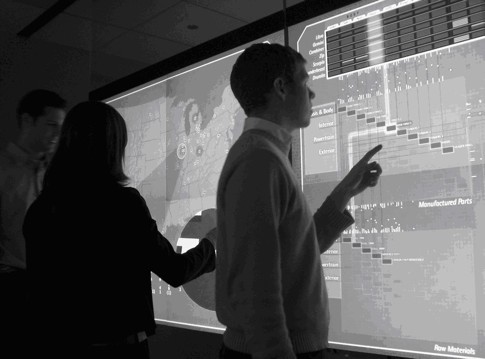
wall :: publications & coverage
- O’Hare Gets Interactive Screen, Wired, 2006
- Accenture Pushes the Interactive Wall, ZDNet, 2006
- New Accenture Technology Lands at O’Hare International Airport, Accenture press release, 2006
- Minority Report Touch Screen Now Available, The Genre Traveler, 2006
- Accenture’s Serious Games, 2009
- HCI research at Accenture Technology Labs
public talks
- Creative Mornings Los Angeles, 2016
- South by Southwest, 2017
art :: sagrada perihelia
An experiment in buoyant architecture, this piece was created for Burning Man 2019 and partly supported by a Black Rock City Honorarium Grant. The larger balloon is 8 feet in diameter and lit from inside by a large LED filament we created. The hundred other balloons are also lit from within by LEDs, but the delicate visual effect of this doesn’t photograph well. Guess you had to be there! :) More details available at the art project blog/newsletter. (On the landing page, click “Let me read it first”.)
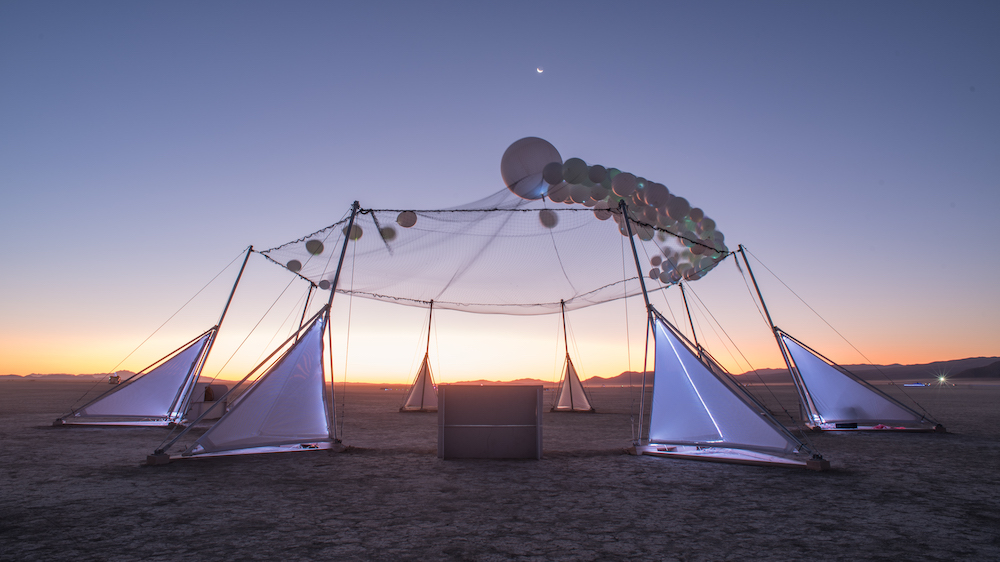
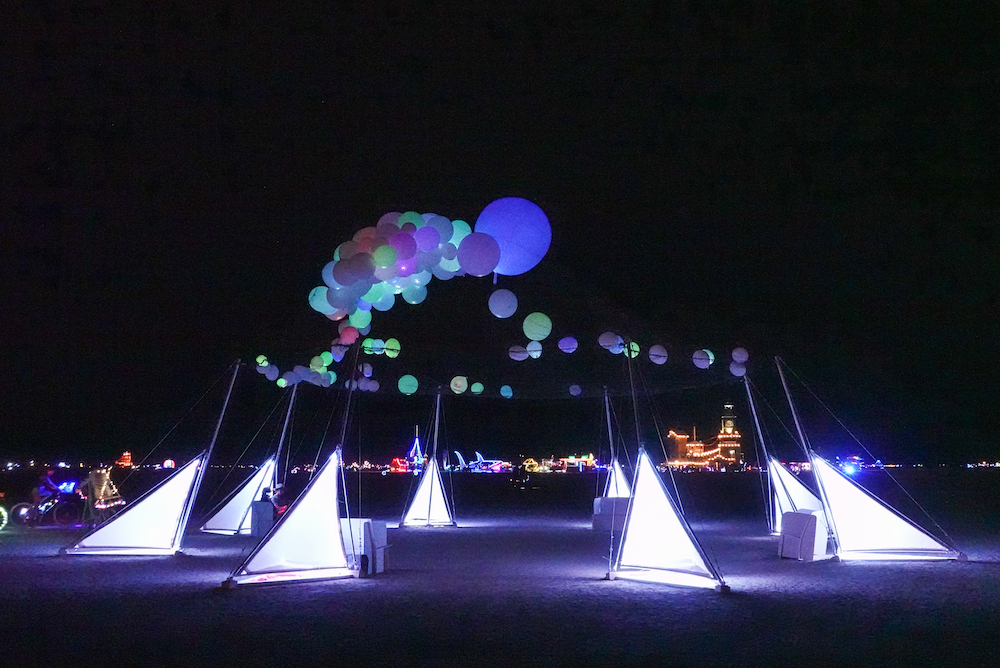

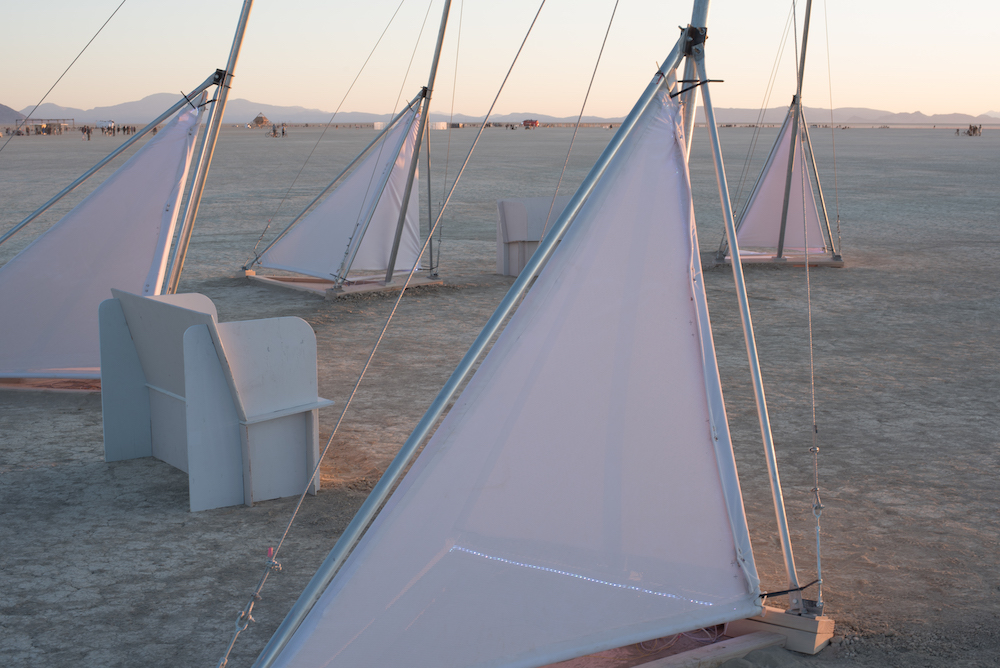
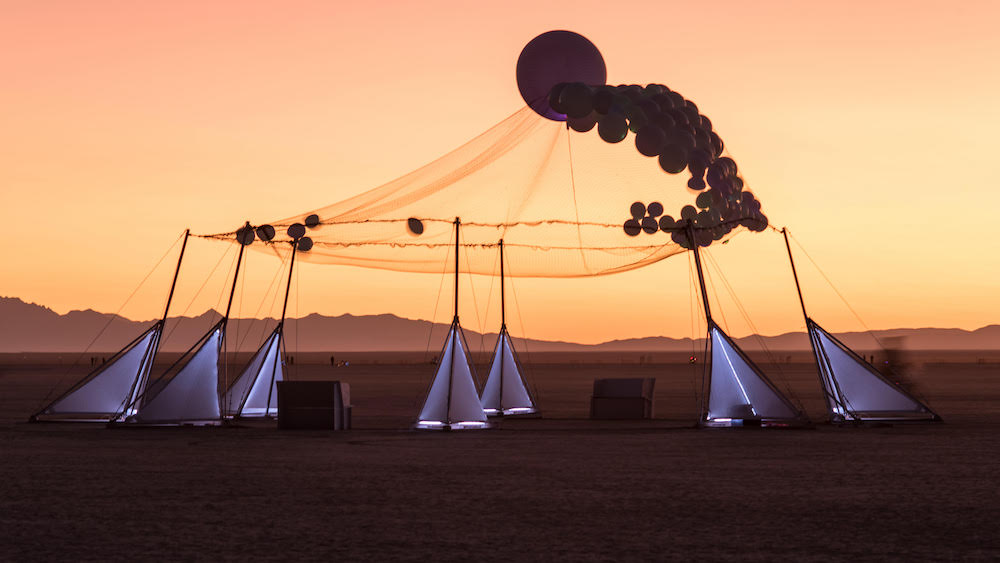
education
- Cornell University, English, Master of Arts
- University of Utah, Computer Science, Bachelor of Science
- University of Utah, English, Bachelor of Arts
blog
A little blogging from time to time, as a treat.